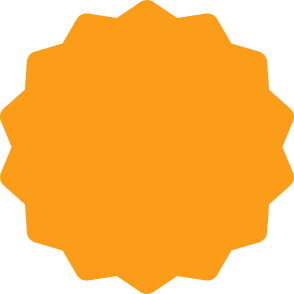What Is Tricot Fabric?
Tricot fabric is a type of warp-knit textile known for its smooth, soft surface on the front and a slightly textured back. It is lightweight, durable, and stretchy, making it popular in activewear, lingerie, and linings.
Unlike weft knits, tricot's unique construction provides excellent dimensional stability and resistance to runs.
Types of Tricot Fabric Structures
Basic Tricot Knit
The simplest form, characterized by uniform vertical ribs on the back and a smooth front surface. It provides good stretch and recovery, commonly used in underwear and activewear.
Brushed Tricot
This variation features a soft, fuzzy surface created by brushing the fabric's back side. The added texture increases warmth and comfort, making it ideal for loungewear and cozy garments.
Double Knit Tricot
Made by combining two layers of tricot knit, this structure offers extra thickness and durability while maintaining flexibility. It's frequently used in sportswear and performance clothing where resilience matters.
Textured Tricot
Incorporates additional yarns or patterns during knitting to create raised or embossed designs. This type adds visual interest and tactile variety, often used in fashion and decorative applications.
Common Uses of Tricot Fabric
Sportswear and Activewear
Tricot's stretchability and moisture-wicking properties make it perfect for athletic garments like leggings, cycling shorts, and jerseys. Its durability withstands frequent movement and washing.
Lingerie and Undergarments
Thanks to its smooth feel and gentle stretch, tricot is widely used in bras, panties, and camisoles. The fabric offers comfort and a flattering fit without sacrificing support.
Linings and Sleepwear
The soft texture and lightweight nature of tricot make it a preferred lining material in jackets and coats. It's also favored for comfortable pajamas and robes due to its breathability.
Medical and Industrial Textiles
Tricot's stability and strength enable its use in medical bandages, compression garments, and even automotive interiors where flexible yet robust fabric is needed.
What Are the Pros and Cons of Tricot Fabrics?
Pros
- Durability: Resistant to runs and tears thanks to warp knitting.
- Stretch and Recovery: Offers excellent elasticity with shape retention.
- Breathability: Allows air circulation, keeping the wearer cool.
- Softness: Smooth surface provides comfort against skin.
- Lightweight: Easy to wear and layer without bulk.
Cons
- Pilling Risk: Can develop small fabric pills with heavy abrasion.
- Limited Insulation: Not suitable for very cold conditions without layering.
- Care Requirements: Some types require gentle washing to maintain texture.
- Less Natural Feel: Often made from synthetic fibers, which may not appeal to everyone.
- Potential Static: Synthetic tricot can attract static electricity, causing cling.


























